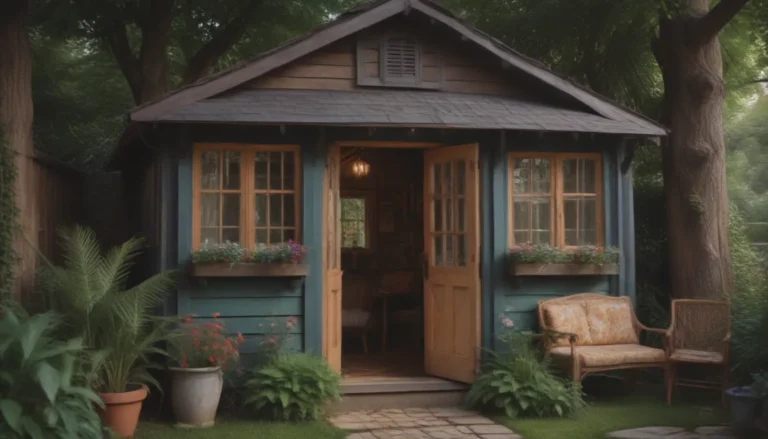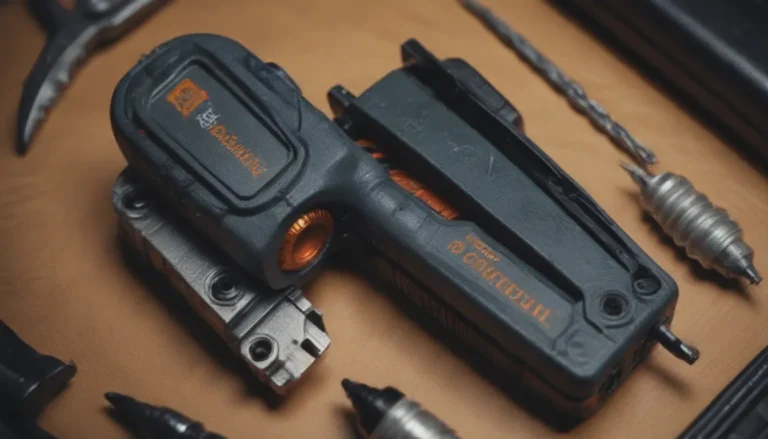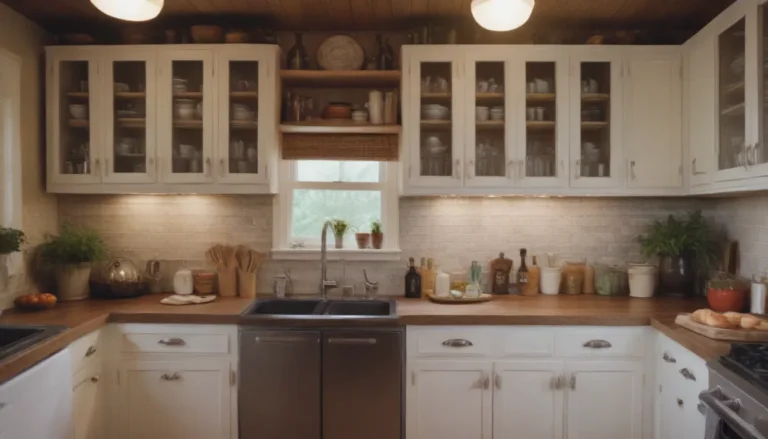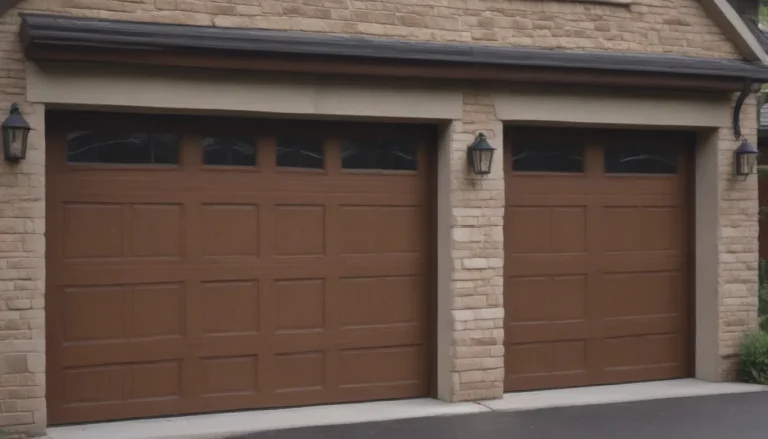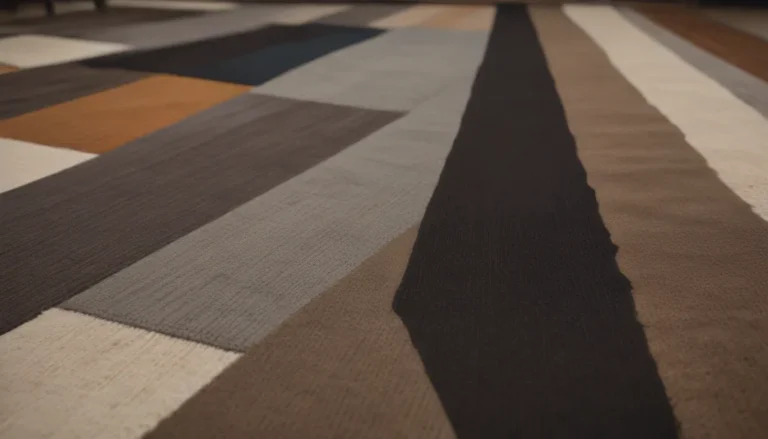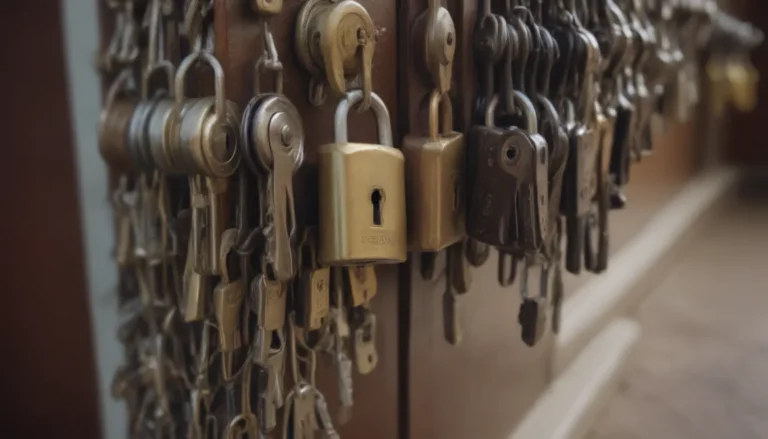What Causes an Overflowing Toilet and How to Address It
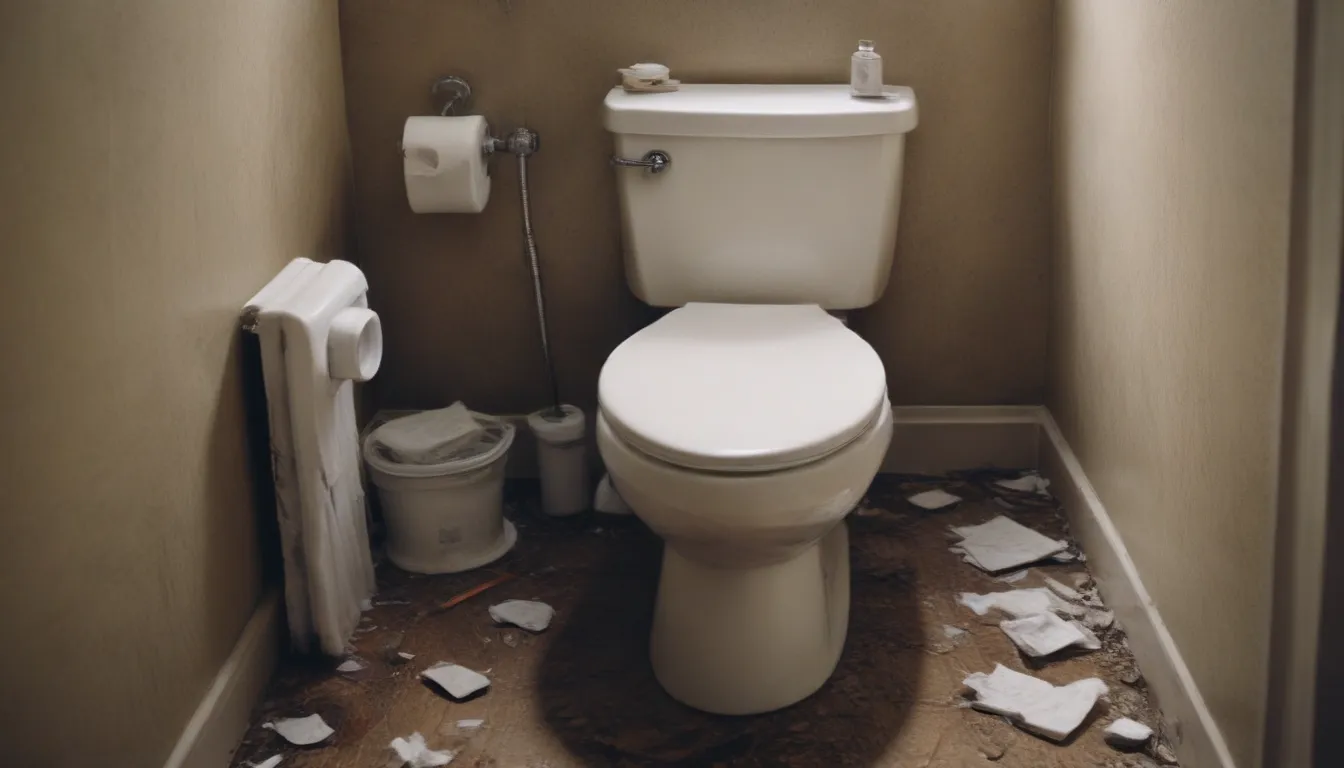
An overflowing toilet is a frustrating and messy situation that many homeowners have likely encountered at some point in their lives. While it’s a common issue, it can lead to serious damage if not addressed promptly. Water from an overflowing toilet can seep into floors, walls, and cabinetry, creating a breeding ground for mold, mildew, and rot. To prevent further damage, it’s essential to understand why your toilet is overflowing and take appropriate action to resolve the problem.
Common Reasons for Toilet Overflow
There are several common reasons why a toilet may overflow. Understanding these causes can help you take the necessary steps to prevent and address the issue effectively.
1. Clogged Drain
One of the most common reasons for a toilet to overflow is a clogged drain. This typically occurs when too much toilet paper or foreign objects are flushed down the toilet, leading to a blockage in the drain line. Using a plunger or plumbing snake can often clear the clog and prevent the toilet from overflowing.
Tip: Keep a plunger in the bathroom for quick access in case of a clog.
2. Blocked Plumbing Vents
Many homeowners are unaware that plumbing drain lines have vents that help regulate air pressure in the system. If these vents become blocked by debris, such as leaves or pine needles, it can prevent proper drainage and cause the toilet to overflow. Cleaning the plumbing vents may require the expertise of a professional plumber.
Tip: Regularly inspect and clean the plumbing vents to prevent blockages.
3. Sewer Line Blockage
A blockage in the main sewer line that connects to your home can also lead to toilet overflow. This can occur due to flushing non-disposable items or external factors like tree roots infiltrating the drain line. Clearing the sewer line blockage may require professional assistance.
Tip: Avoid flushing items such as wet wipes and paper towels to prevent sewer line blockages.
4. Backed-Up Septic Tank
For homes with a septic system, a full or obstructed septic tank can cause waste water to backflow into the home, resulting in a toilet overflow. Regular maintenance and cleaning of the septic tank are essential to prevent this issue.
Tip: Schedule routine septic tank inspections and cleanings to avoid backups and overflows.
Steps to Take If Your Toilet Overflows
Dealing with an overflowing toilet can be stressful, but following these steps can help you address the problem effectively and prevent further damage.
1. Turn Off the Water Supply
The first step when faced with an overflowing toilet is to stop the flow of water. You can do this by manually pushing the flapper in the toilet tank down or turning off the water supply valve. If necessary, locate the main water shut off valve for the home to prevent water from causing more damage.
2. Remove Excess Water
After stopping the overflow, clean up excess water using towels to prevent further damage to floors and walls. Use a container to scoop water out of the toilet bowl and pour it into a bucket.
3. Plunge the Toilet
Use a plunger to attempt to clear the clog in the drain. Plunge the toilet vigorously for 15-20 seconds to dislodge the obstruction. If the toilet continues to overflow, proceed to the next step.
4. Snake the Drain
If plunging doesn’t resolve the issue, use a plumber’s snake to break up or remove the blockage in the drain line. Feed the snake into the drain and rotate or pull to clear the obstruction. Test the toilet by flushing to see if the clog has been resolved.
Tip: If DIY methods are unsuccessful, consider calling a professional plumber to address the issue.
When to Seek Professional Help
While some toilet overflow issues can be resolved with DIY methods, certain situations may require the expertise of a professional plumber. If you suspect problems with the plumbing vents, sewer line, or septic tank, it’s best to contact a professional to prevent further damage and ensure proper resolution of the issue.
Remember, taking prompt action and addressing the root cause of the toilet overflow can help prevent future incidents and protect your home from water damage and costly repairs. By understanding the common reasons for toilet overflow and knowing how to address the issue effectively, you can maintain a functional and trouble-free plumbing system in your home.
